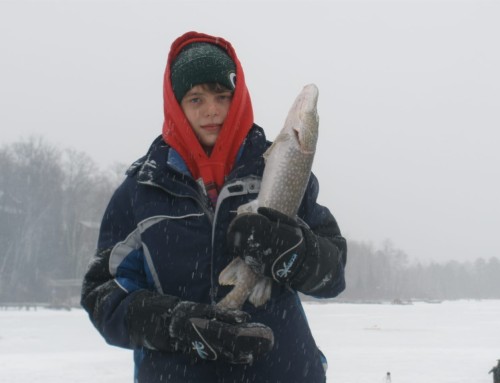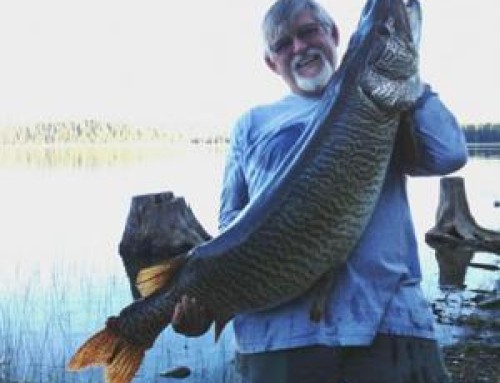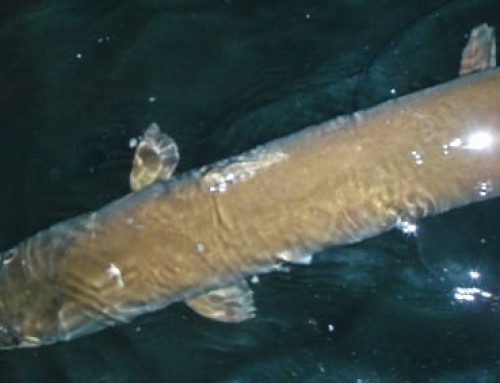The Wisconsin Department of Natural Resources is halfway through a 20-year effort to monitor the age and growth of the musky population in the state’s northern waters.
Greg Sass, fisheries research team leader with Office of Applied Science at the DNR, said knowing that information is critical to how the DNR understands and manages the population.
“(Muskies are) a somewhat elusive species, as many of the muskie anglers will tell you, often called the ‘fish of 10,000 casts,'” he said. “It’s also a species that most anglers now are releasing, and so it makes it more difficult to get some of the information we need.”
Sass said some methods for studying the fish — like determining age by taking the inner ear bone called the otolith — are destructive.
 “We don’t want to harvest muskies and most anglers aren’t,” he said. “So this study is really designed to provide us with that information by non-destructive or harvesting means.”
“We don’t want to harvest muskies and most anglers aren’t,” he said. “So this study is really designed to provide us with that information by non-destructive or harvesting means.”
Wisconsin muskies are generally able to sustain their populations on their own across the state, but Sass said the information helps the DNR find optimum and efficient stocking levels.
“How many of the fish we are stocking are surviving? What’s an optimal stocking rate for musky?” he said. “It helps us get the right number of fish out there on the landscape to support and sustain these fisheries … sometimes stocking more isn’t better.”
Researchers are able to monitor the age and size of the muskies by implanting passive integrated transponder tags (PIT tags) into hatchery muskies at the Governor Tommy G. Thompson State Fish Hatchery in Spooner — the largest musky hatchery in the world.
The hatchery raises the fish until they are 10 to 12 inches long when they release them into several of their study lakes, Sass said. When the fish are recaptured, the researchers scan the abdomen of the fish to activate the fish’s number and record the length and age.
“We’ve had really good success at recapturing a lot of these fish,” he said. “We have a really good handle on some of our stocking success … but we also have a good handle on what juvenile musky growth rates are now.”
Sass estimates they have about 37,000 recaptures in their data set, so far.
“Those fish are up to about 37, 38 inches in length,” he said. “It’s going to take another 10 years before we start seeing 45, 47, 48, even 50-inch fish that we’ve stocked 20 years ago, to have the full range of lengths at the various ages.”
Anglers and fishing guides can also help researchers collect data, Sass said — more than 10 percent of recaptures have already come from volunteers.
While the efforts are currently confined to musky-stocked lakes in northwestern Wisconsin, Sass said he hopes to expand the project during its second decade.





